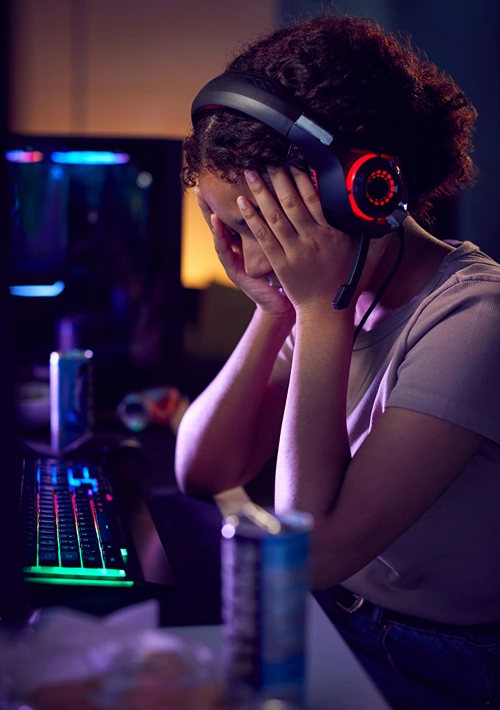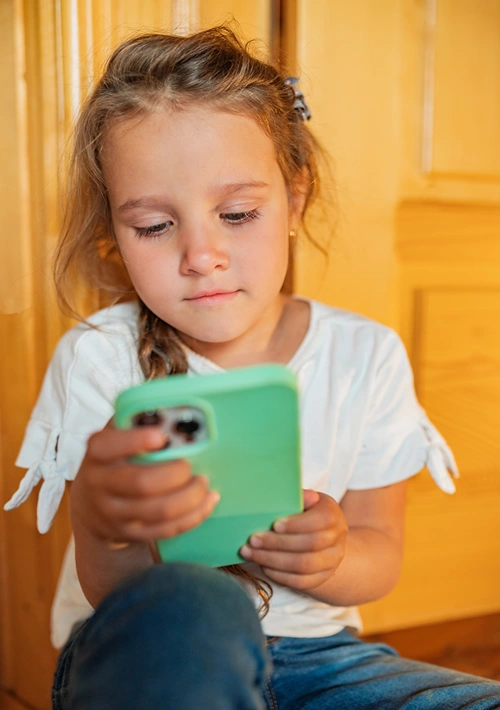Top 3 Coupon Sites for Parental Control Software to Keep Your Kids Safe Online
Kids today spend hours online every day, from school assignments to gaming and social media. While technology offers plenty of benefits, it also brings risks like cyberbullying, unsafe content, and excessive screen time.
Parental control software has become essential for helping families manage these challenges. The problem is that premium tools often come with high price tags. The good news is that with the right coupon platforms, parents can save big while keeping children safe online.
Why Parental Control Software Is Essential
Parents cannot be everywhere at once, and kids are constantly connected through phones, tablets, and computers. Parental control software bridges that gap by providing oversight in the digital world. It helps parents filter harmful websites, monitor social media activity, and track device use.
The value goes beyond protection. These tools also help kids learn self-discipline by limiting screen time and encouraging healthy digital habits. Modern parental control apps combine these functions in one platform, making it easier for families to manage online safety.
The Rising Cost of Digital Safety
While parental control apps are vital, they are not cheap. Premium software with features like GPS tracking, detailed activity reports, and advanced filters can cost $10–$30 a month. Over a year, that adds up to a significant expense.
For families with multiple children and devices, the cost multiplies quickly. This is why many parents are searching for ways to save. Coupon sites offer a practical solution, providing verified deals that make premium protection more accessible to budget-conscious households.
Top 3 Coupon Sites for Parental Control Software
When it comes to saving money on digital safety tools, not all coupon sites are created equal. Some list outdated or fake codes, which wastes time and adds frustration. To help you cut through the noise, here are three trusted platforms where parents can consistently find reliable discounts on parental control software.
-
SaveMyCent
SaveMyCent is a trusted coupon platform that updates deals daily. It frequently features discounts on parental control apps and subscription-based software, making it a strong choice for families who want to save on digital safety.
The site is easy to navigate, with categories that allow you to quickly find tech-related offers. Parents can also sign up for alerts to stay updated on new promotions. This consistency and convenience make SaveMyCent a dependable option for budget-conscious households.
-
ProxyCoupons
ProxyCoupons is a specialized platform that focuses on tech-related discounts. It regularly lists deals on parental control software, antivirus programs, VPNs, and other digital tools that families need for safe browsing.
One of its biggest strengths is the availability of long-term subscription deals. Parents looking to commit to annual or multi-year plans often find the best savings here. For families interested in overall digital security, ProxyCoupons delivers a broad range of relevant offers.
-
Coupon Mister
Coupon Mister stands out for its wide coverage of software and subscription services. It often features seasonal promotions and exclusive coupon codes for parental control software. This helps parents lock in savings during key shopping periods like back-to-school season or holiday sales.
The platform is simple and user-friendly, which makes searching for active codes quick and frustration-free. Families who want reliable, updated discounts will find Coupon Mister a valuable tool for managing costs.
Comparing the Benefits of Each Platform
Each of these coupon platforms has unique strengths. SaveMyCent is ideal for quick, daily updates and a smooth browsing experience. ProxyCoupons is the go-to choice for tech-heavy deals, especially if you are looking for long-term savings on subscriptions. Coupon Mister works well for families who want to take advantage of seasonal promotions and exclusive codes.
The best option depends on your household’s needs. For parents who like regular updates, SaveMyCent is a reliable pick. For those who want bigger discounts on annual plans, ProxyCoupons is worth checking first. If you are planning purchases around holidays, Coupon Mister might give you the edge.
Smart Ways to Maximize Savings
Using coupon platforms is a strong first step, but families can save even more with a few extra strategies.
Choose Annual Plans
Most parental control providers offer discounts if you pay yearly instead of monthly. This can cut costs by up to 40%, especially when combined with a coupon code.
Bundle With Other Services
Some companies offer packages that include parental controls, VPNs, and antivirus software. These bundles are usually cheaper than buying each service separately.
Watch for Seasonal Sales
Events like Black Friday, Cyber Monday, and back-to-school season are the best times to score discounts on parental monitoring apps. Planning purchases around these sales ensures maximum savings.
Use Free Trials Wisely
Most parental control software comes with free trial periods. Testing before buying ensures you only pay for tools that fit your needs, avoiding wasted money on features you will not use.
Conclusion
Parental control software has become an essential tool for families raising kids in a digital world. While premium plans can be expensive, parents do not have to overspend to keep children safe online. By using trusted coupon sites and applying smart shopping strategies, families can access powerful tools at a fraction of the cost. Affordable digital safety means more peace of mind for parents and healthier online habits for kids.









